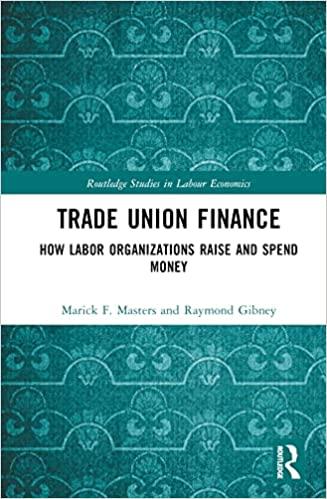Question
Background information: Amgen is an American biotech firm offering products for the treatment of oncology, hematology, cardiovascular, inflammation, bone health and neuroscience. Amgen completed two
Background information: Amgen is an American biotech firm offering products for the treatment of oncology, hematology, cardiovascular, inflammation, bone health and neuroscience. Amgen completed two acquisitions around 2013 and have integrated them quite successfully, strengthening their market share in oncology. Amgen, in 2020, released the first FDA-approved treatment for migraines by blocking the calcitonin gene-related peptide. In the past five years or so, Amgen has launched nine products, including two in new therapeutic areas, and have several interesting candidates in the pipeline, which represent a significant commercial potential. It also has an intriguing lineup of early and mid-stage programs, which can contribute to growth in the long-term. We want to use the multi-stage dividend discount model to find the intrinsic value of Amgen because Amgen has a reputation for consistent high dividends and has not failed to pay dividends for the last decade. Also, we expect the company to go through different stages of growth. Amgen has short-term protection from patents but over the next few years (5 to 10 years), we expect competitors to pose a larger and larger threat. We therefore assume that Amgens earnings will continue to grow rapidly over the next 5 years, but we will restrict the high growth period to 5 years. After 5 years, we expect growth to slow down linearly from the high growth rate until it reaches a stable growth rate of 3.16% in the mature phase in year 10. Think of years 6 to 9 as a transition period where the firm transitions from high growth to the stable growth/mature phase. Assume that payout policy and cost of equity do not change (from initial high growth period) during transition period. The latest known information from Amgen (based on latest 10-K filings as of 2020) are given as follows: Earnings per share in 2020: $12.70 Dividends per share in 2020: $5.64 Dividend payout ratio: $5.64/$12.70 = 44.38% Average return on equity (ROE) for the past 5 years = 29.11% Cost of Equity: Beta: 1.12 (5-year monthly vs. S&P 500) Risk-free rate: 2.18% (30 Year Treasury Yield) Historical Market Return: 10.27% Cost of equity: 2.18% + 1.12 (10.27% - 2.18%) = 11.24% You may use the above information for your estimations in the high growth phase. Assume that in the stable growth period, the beta regresses to 1, lowering the cost of equity to 10.27% and assume an earnings growth rate of 3.16% (The average U.S growth rate from 1947 to 2020). Also, in 2 the stable growth phase, assume that Amgens ROE falls by 20% from its ROE in the high growth phase to 23.29%. As a result, it increases its payout ratio, since it has less growth opportunities at that point. Find the intrinsic value of Amgen common stock. What is the major drawback you see with the discounted cash flow valuation?
Step by Step Solution
There are 3 Steps involved in it
Step: 1

Get Instant Access to Expert-Tailored Solutions
See step-by-step solutions with expert insights and AI powered tools for academic success
Step: 2

Step: 3

Ace Your Homework with AI
Get the answers you need in no time with our AI-driven, step-by-step assistance
Get Started


